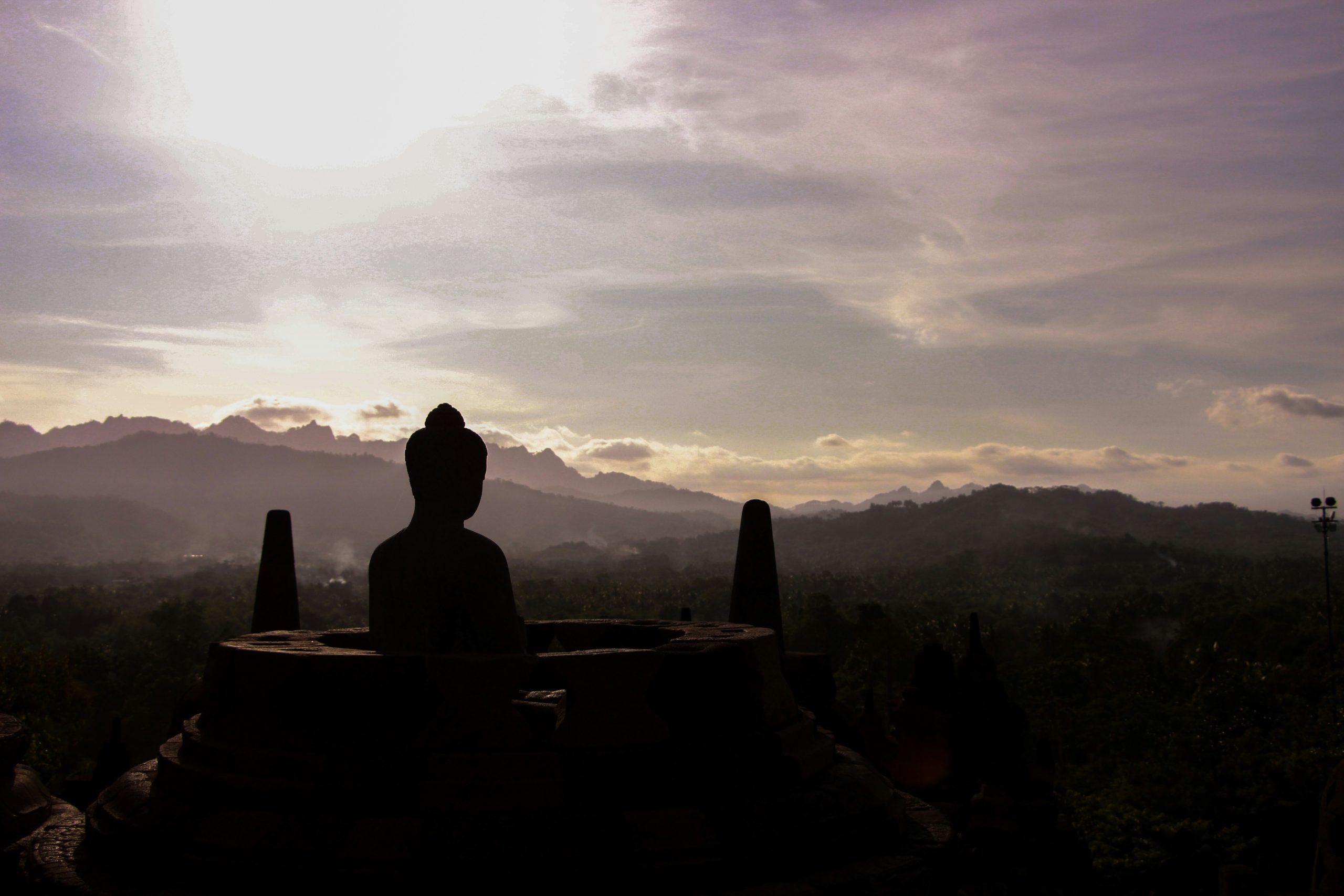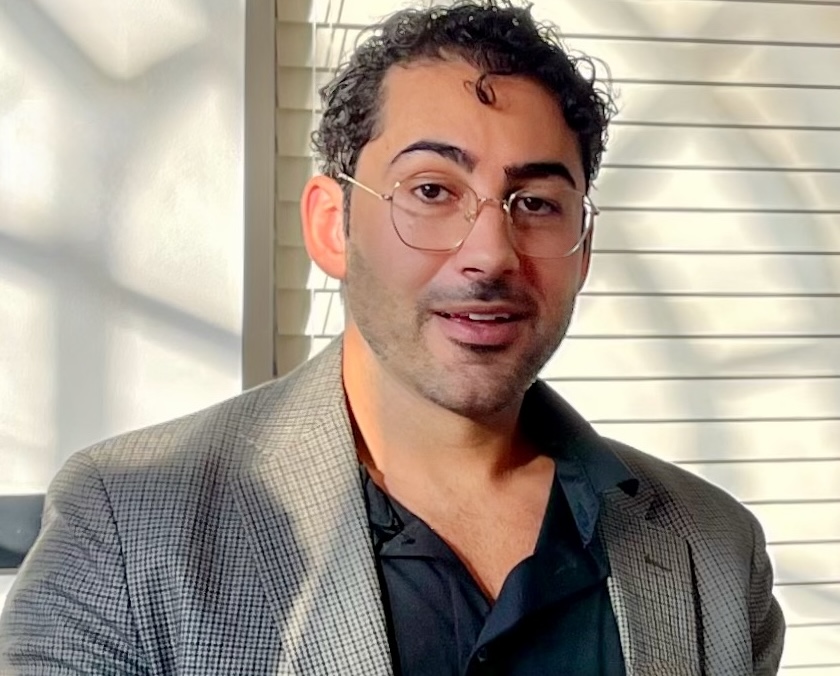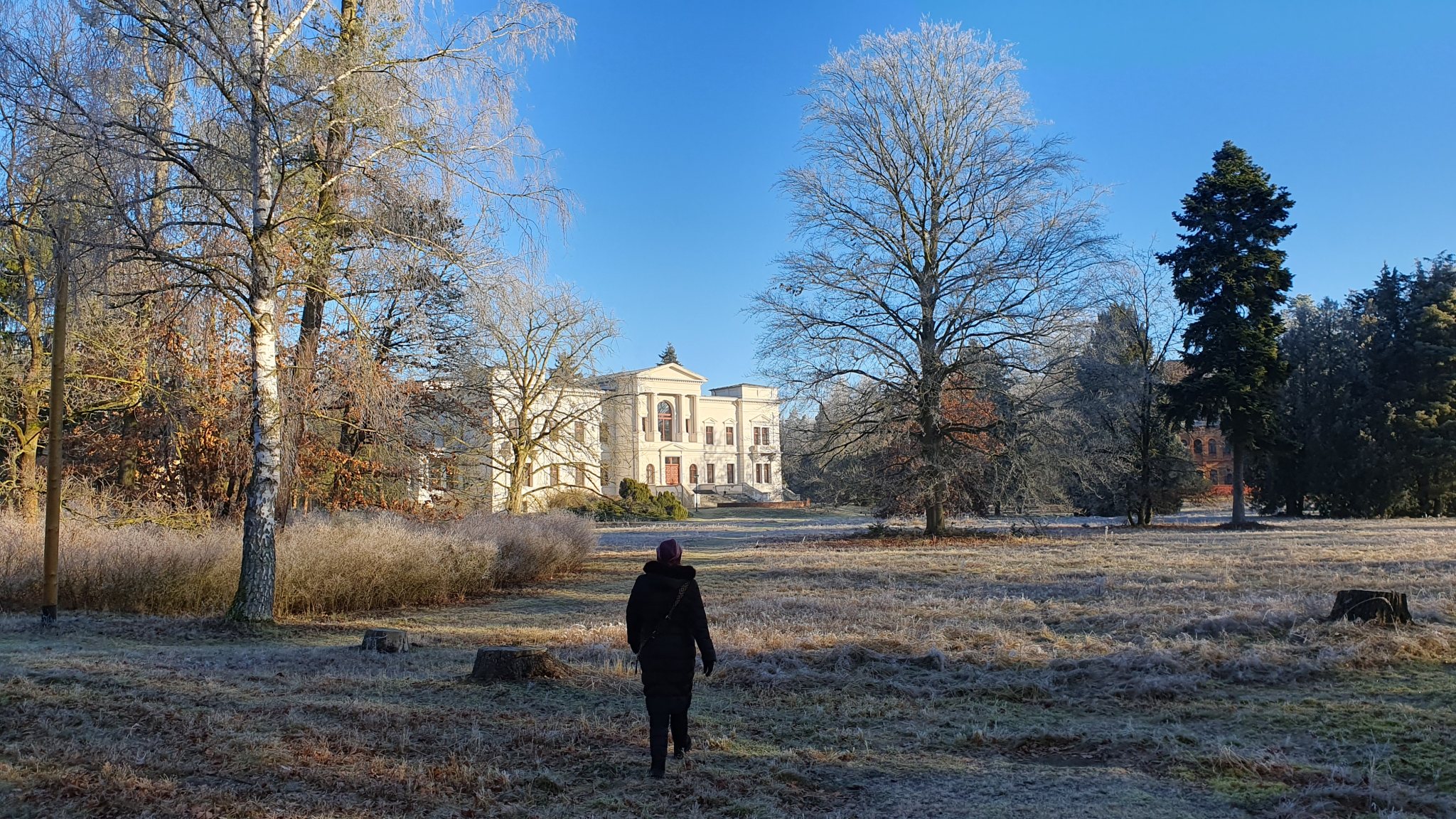3 Different Approaches to Calm and Insight Meditation
In an excerpt from her forthcoming book, Buddhist scholar Sarah Shaw discusses varying methods for breathing mindfulness. The post 3 Different Approaches to Calm and Insight Meditation appeared first on Tricycle: The Buddhist Review.

The Buddha invites us to experience the breath, repeatedly, in different ways, and so to train our minds. [And yet] the way that different methods frame this flow and movement, as well as the character and nature of each stage, varies.
Many of these reflect an old tension: between breathing mindfulness primarily used for calm (samatha) and breathing mindfulness primarily used for insight (vipassana). All systems encourage some calm, but some methods do not encourage the practice of those four deep states of calm known as jhana. This is the meditation said to form right concentration: the cultivation of the states the Buddha experienced and practiced on the night of his awakening. The usual path suggested in the canon involves a movement from ethics, to meditation and jhana, and then to insight. Not all Buddhist schools historically took that approach, however, and many popular methods found today likewise do not take that route. Rather, they develop attention to the breath primarily for insight. This means that the rise and fall of the breath, its impermanence, and its unsatisfactoriness are soon the main, foreground awareness. Calm may arise as a preliminary background to this, but the state of jhana is not the intention or the objective at the outset and, for some methods, not considered so important.
Simple adjustments in practice sometimes reflect profoundly different approaches to the Buddhist path. What follows is an account of the general tenor and direction of some modern methods. Getting a sense of the different routes you can take with one practice is helpful in understanding not only our own practice, whatever it is, but, importantly, those of other people too. There really are different species of breathing mindfulness practice, and some suit different people. I think that sense of possibility was there right at the beginning.
*
The Anapanasati Sutta says:
1. Mindful, he breathes in; mindful, he breathes out. Either, breathing in a long breath, he knows, “I am breathing in a long breath,” or, breathing out a long breath, he knows, “I am breathing out a long breath.”
2. Either, breathing in a short breath, he knows, “I am breathing in a short breath,” or, breathing out a short breath, he knows, “I am breathing out a short breath.”
These short instructions introduce an interesting question: choice. Does the verb “he knows” (pajanati), whether there is a long or a short breath, involve some conscious decision to take a long or short breath? The breath is our most conspicuous bodily function and lies at the middle point between our conscious control and our unconscious instinct. We can just let it be as it is, or we can find a way of making it go long or short. Can or should a breathing mindfulness practice involve this choice at the outset? What are a long breath and a short breath? Let us look at three recent teachers—Ajahn Buddhadāsa Bhikkhu (1906–1993), Ajahn Lee Dhammadhāro (1907–1961), and Venerable Nyanaponika Thera (1901–1994)—for their preliminary instructions.
Buddhadāsa, the highly influential 20th-century teacher, suggests noticing very carefully the difference between a long and a short breath, as they feel so different. As a preliminary to meditation, he suggests just “following” it:
For example, we can feel the long and the short duration of the breath. Thus, we learn naturally about the long breath and the short breath. We can observe the coarse and fine nature of the breath. Further, we can observe its smoothness and bumpiness . . . we contemplate the different kinds of breath: long and short, coarse and fine, easy and uneasy. Begin to observe the various kinds by experiencing them with sati.
We must learn to observe in greater detail, that is, to observe the reaction or influence of each on each different kind of breathing. What reaction do they cause? How do they influence our awareness? For example, when each breath is long, how does that affect our awareness? What reactions do short breaths cause? What are the influences of coarse and fine breathing, of comfortable and uncomfortable breathing? We should observe the different types of breath and their various influences until we can distinguish clearly how the long and the short breaths, coarse and fine breaths, and comfortable and uncomfortable breaths differ. We must learn to know the reactions to these various properties of the breath. Likewise, we must learn to know when these qualities influence our awareness, our sensitivity, our mind. . . . It is also important for us to note the effect or flavor of each kind of breath.
These instructions, given at the beginning of his work Mindfulness with Breathing: A Manual for Serious Beginners, are intended as an introduction to the practice of breathing mindfulness. [In it,] he notes differences between the long and the short breath, but the distinction is downplayed in service to his primary purpose: simply to get people to notice the breath with even and relaxed attention. He invites practitioners to notice how intimately the breath reflects one’s mental state, and how, just by observation, the breaths start to change and become finer and quieter.
In contrast, the old meditations of Southeast Asia, which used to be normative there, do often make a choice. Some teachers, like Ajahn Lee Dhammadhāro, developed all kinds of exercises mixing long and short breaths, presumably developing and acting within older traditions. Here is just one of his descriptions of a possible breathing practice:
1. Start out with three or seven long in-and-out breaths, thinking bud with the in-breath, and dho with the out. Keep the meditation syllable as long as the breath.
2. Be clearly aware of each in-and-out breath.
3. Observe the breath as it goes in and out, noticing whether it’s comfortable or uncomfortable, broad or narrow, obstructed or free-flowing, fast or slow, short or long, warm or cool. If the breath doesn’t feel comfortable, change it until it does. For instance, if breathing in long and out long is uncomfortable, try breathing in short and out short. As soon as you find that your breathing feels comfortable, let this comfortable breath sensation spread to the different parts of the body.
To begin with, inhale the breath sensation at the base of the skull and let it flow all the way down the spine. Then, if you are male, let it spread down your right leg to the sole of your foot, to the ends of your toes, and out into the air. Inhale the breath sensation at the base of the skull again and let it spread down your spine, down your left leg to the ends of your toes and out into the air. (If you are female, begin with the left side first, because the male and female nervous systems are different.) Then let the breath from the base of the skull spread down over both shoulders, past your elbows and wrists, to the tips of your fingers, and out into the air. Let the breath at the base of the throat spread down the central nerve at the front of the body, past the lungs and liver, all the way down to the bladder and colon. Inhale the breath right at the middle of the chest and let it go all the way down to your intestines. Let all these breath sensations spread so that they connect and flow together, and you’ll feel a greatly improved sense of well-being.
This shows a radically different approach: The long breath is the basis of the practice, but the short breath gives another basis at a different level. These breaths are consciously measured. Mindfulness is still aroused at each long and short breath, but in a different way from the one explained by Buddhadāsa. The syllables bu-ddho feature as an anchor for the mind. The sense of the breath is pervasive, including the whole body. Then, mindfulness of bodily activities comes through the movement of the attention through the body. The sensations are made tranquil through the instruction to “let the breath sensations spread so that they connect and flow together, and you’ll feel a greatly improved sense of well-being.”
Ajahn Lee Dhammadhāro’s teachings here, arising from the forest traditions of Thailand, show the stamp of old Cambodian and Siamese meditations (boran kammatthana, or kammatthan boran), where the healing power of the nimitta from breath meditation is allowed to suffuse the whole body. This is calm, or samadhi, breathing mindfulness. The breath is taken as an object for the pursuit of concentration and jhana, linked with insight. Boonman Poonyathiro’s method, from Thailand, is also largely based on old meditations. It, too, makes a careful distinction between the long and the short. The length of breath is key in allowing entrance in and out of jhana; the long breath begins and ends the practice. This is the “longest breath one can comfortably take” and is not strained or forced. Part of the exercise is finding a long length that feels comfortable and natural. Pa Auk Sayadaw, who teaches jhana in a systematic manner, also starts with the deliberately long breath described in the sutta and makes a clear differentiation between that and the short breath, which is his next stage.
Yet another approach is given by Venerable Nyanaponika Thera, an insight (vipassana) teacher. It derives from another classic exposition of Theravada meditation, The Heart of Buddhist Meditation:
. . . for Mindfulness of Breathing, the lotus posture and fully crossed legs is preferable, though it is not of absolute necessity. We have also given a warning not to interfere with the breath in any way: In Buddhist practice there should be no holding or stopping of the breath, no deliberate deepening or attempts to force it into a definite time rhythm. The only task here is to follow the natural flow of the breath mindfully and continuously, without a break or without an unnoticed break. The point where one should fix one’s attention is the nostrils, against which the breathing air strikes, and one should not leave that point of observation, because here one can easily check the entry and exit of the breath.
Later in his book, he also explains a variation of what he calls the Burmese method—a product of the innovations in Burma in the 19th century—but says that, by its focus on the abdomen rather than the breath, it is not breathing mindfulness. Nyanaponika is wary of any form of breath guidance or adjustment, describing it with vocabulary like “holding or stopping” and “force” that indicates his caution: The emphasis is on a simple and uninterrupted flow. What he terms a Buddhist approach does not include adjustment of the length or following the breath in the whole body.
Nyanaponika was a deeply experienced theoretician as well as a practitioner. Adopting language clearly derived from commentaries, he suggests looking at the beginning, middle, and the end of the breath with unwavering attentiveness and mindfulness of the various ways the breath can be distracted at each stage—a very ancient distinction. Here, he explains, a samatha school moves to deepen jhana on the breath; an insight school will move to insight. This interpretation of the stages of breathing mindfulness is found frequently in the 20th and 21st centuries. This was, in part, influenced by Burmese teachers Ledi Sayadaw and Mahāsi Sayadaw, with whom he spent some time.
*
I have chosen [these] three teachers as representatives of quite different skills and approaches to the breath, reflected in their understanding of the path and the theory associated with it. Their teachings have all earned reverence throughout Southeast and South Asia and are taught internationally. They are all known for great meditative experience but in different practices. Nyanaponika, who suggests no adjustment to the length of the breath, teaches in the “dry” style, associated from ancient times with insight methods. There is not an emphasis on jhana. The breath is interesting because it is changing, and not self: Buddhadāsa suggests calm for exploratory purposes and encourages peace and joy. Ajahn Lee, here and elsewhere, uses deliberate mixes of long and short breaths as part of his repertoire of tools for entering and leaving meditation. One can sense the intuitive style of a samatha practice: The breath includes the whole body and has healing properties that can be circulated all around it, consciously. These styles have far more affinities than differences, as for each the breath gives a path to liberation. All trace their methods back to traditional Buddhist texts and commentaries and teach breathing mindfulness as a full path to enlightenment. Yet each gives slightly different advice: how one looks at the breath affects how one enters different meditations.
⬥
Adapted from Breathing Mindfulness: Discovering the Riches at the Heart of the Buddhist Path by Sarah Shaw © 2025 by Sarah Shaw. Reprinted in arrangement with Shambhala Publications, Boulder, CO.

 BigThink
BigThink 































